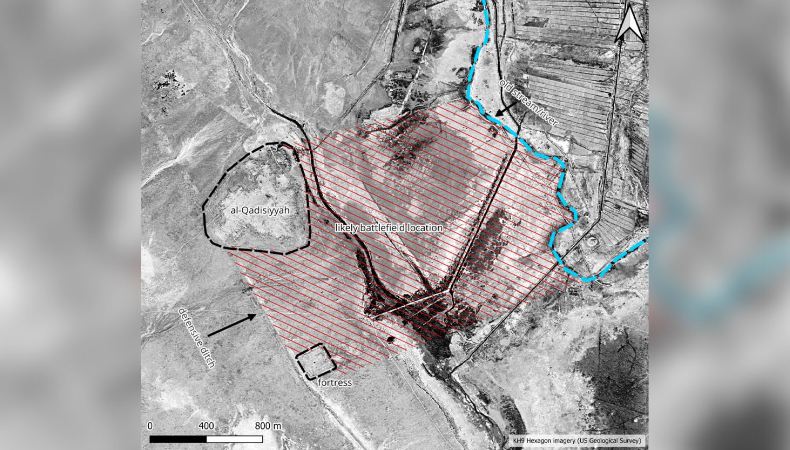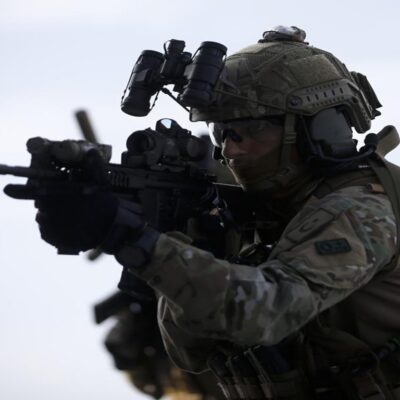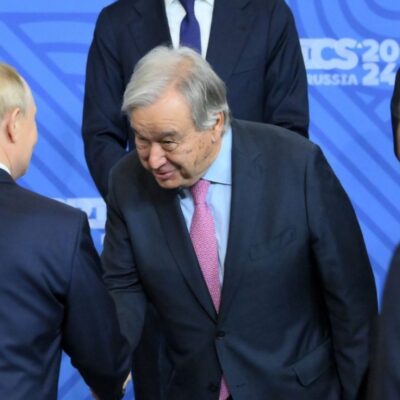Declassified Cold War Spy Satellite Imagery Unveils Historic Battlefield of the Decisive Battle of al-Qadisiyah

Archaeologists have been able to find what they think to be the historical site of the Battle of al-Qadisiyah thanks to recently released Cold War satellite pictures. Fighting in modern-day Iraq, this seventh-century conflict marked a turning point in the Muslim conquest of Persia, hence forming the Middle Eastern scene as we know it now. The fight, in which Arab Muslim forces defeated the Sassanid Persian Empire, was a major achievement that drove Arab migration throughout Mesopotamia and Persia, therefore securing the spread of Islam in the area.
Discovery of the Battlefield Via Cold War Technology
Researchers from Durham University in the United Kingdom and the University of Al-Qadisiyah in Iraq working together produced the discovery. As the team mapped Darb Zubaydah, a 1,000-year-old pilgrimage path from Kufa in Iraq to Mecca in Saudi Arabia, they came upon a desert location quite similar to those described in historical records. Published in the scholarly journal Antiquity, these results should open fresh directions for knowledge of Islamic and Persian history.
About 30 kilometers south of Kufa in Iraq’s Najaf region, the site is a lonely desert expanse dotted with agricultural land. Satellite pictures from the 1970s maintained its unique characteristics, including what looked to be fortifications and trenches. Archaeological remote sensing specialist Dr. William Deadman of Durham University clarified that satellite images from that era offer a significant benefit in areas like the Middle East, where fast expansion has either completely obliterated or disguised numerous historic structures. “The Middle East has changed drastically over the previous 50 years,” Deadman observed, “and historical aspects can be difficult to discern in modern satellite photos. But the older pictures—especially those from the Cold War era—show unspoiled characteristics with amazing clarity.
The newly discovered site is thought to have important components that fit rather well with historical narratives of the Battle of al-Qadisiyah According to battle accounts, these elements comprise a trench system, two ancient strongholds, and an old riverbed that Persian soldiers once crossed mounted on war elephants.
Examining the site: artifacts and ground surveys
The archeological team carried on-ground studies of the region to support their conclusions. Archaeologist Dr. Jaafar Jotheri of the University of Al-Qadisiyah said that on-site investigations verified the existence of historical buildings that matched those detailed in early Islamic records. Strengthening their belief that this is truly the site of the mythical battle, researchers also unearthed pottery shards and other minor relics going back to the seventh century. Jotheri clarified that although rare, these rare but priceless bits of information enable a better picture of long past events to be created.
Together with defensive walls and traces of an old water channel, the deep trench unearthed at the location fit the descriptions reported in historical records. The pieces of pottery fit the chronology of the fight and belong in the age of early Islamic conquests. “We believe these artifacts are relics from the time of the battle,” Jotheri said, “and they could offer us insights into the conditions and life of those involved in this vital period of history.”
Cultural Relevance of the Iraq Battle of al-Qadisiyah
For Iraqis, the Battle of al-Qadisiyah is not only a historical occurrence but also a profoundly rooted part of the cultural memory of their country. The conflict has always represented a turning moment in the spread of Islam into Persian land. But in the present day, the fight has evolved to include more political and social aspects. Iraq’s former leader Saddam Hussein often cited al-Qadisiyah as a symbol of Iraqi might in the 1980s, especially during the Iran-Iraq War. Emphasizing Iraq’s historic victory over Persian forces, schools and the media often reinterpreted the narrative of the fight.
Like many Iraqis of his generation, Dr. Jotheri grew up during Hussein’s dictatorship and remembers seeing a popular film about the conflict that ran constantly on national television. “We knew this story by heart,” he continued, including the names of every general engaged in the action. Al-Qadisiyah’s narrative has changed significance in the post-Saddam era under the impact of Iraq’s changing ties with Iran and present political dynamics. Though the fight previously represented togetherness and resiliency, the nation’s complicated religious, ethnic, and political divides now impact opinions.
Plans of excavation and the rebirth of Iraqi archaeology
For Iraqi archaeology, the rediscovery of the al-Qadisiyah site represents a significant positive step. From the Iran-Iraq War through the Gulf War and the 2003 U.S.-led invasion, decades of conflict had hampered archeological research and resulted in rampant item theft. Often referred to as the “cradle of civilization,” Iraq had many relics lost or damaged, therefore impeding historical study and preservation of legacy.
Nonetheless, the Iraqi government has promised in recent years to restore its archeological legacy by means of initiatives to repatriate pilfers and protect sites. Part of a larger project started in 2015 aiming at recording and safeguarding threatened archaeological sites, the finding of the al-Qadisiyah battlefield marks Local and international archaeologists eager to explore and preserve Iraq’s ancient past have responded enthusiastically to the government’s fresh focus on archaeology.
The planned excavation at al-Qadisiyah next year will be a major development since archaeologists hope to find more relics that will enable to narrate the history of this important conflict. Jotheri pointed out that this effort might provide fresh understanding of the daily lives, war tactics, and movement of early Islamic forces throughout the area.
The More General Effects of Rediscovery and Archaeological Technology
One of the best examples of how newly developed technologies—along with historical materials—can change our perspective of ancient history is the finding of the al-Qadisiyah battleground. For archaeologists, declassified Cold War satellite images have shown to be a useful tool since they provide views of environments that have since changed with urban and agricultural growth. Researchers can piece together past events and grasp the part geography plays in determining the outcome of conflicts by matching ancient satellite photos with on-the-ground surveys.
This realization emphasizes even more the need of preserving cultural legacy among fast progress and the dangers of war. International researchers are hopeful about the direction of study in a territory long crucial to human history as Iraq’s archeological projects gather steam. The al-Qadisiyah site promises to expose more about the spread of early Islam and the interactions between ancient civilizations, therefore promoting a greater respect of Iraq’s historic inheritance.
By locating one of the most important conflicts of the early Islamic world, archaeologists have not only enhanced the discipline of Middle Eastern history but also made a significant contribution to the cultural rebirth of Iraq. The site might include answers to issues concerning strategy, culture, and the life of troops on both sides, therefore highlighting the relevance of the Battle of al-Qadisiyah in forming the historical landscape of the area. Excavation work shortly to start.




